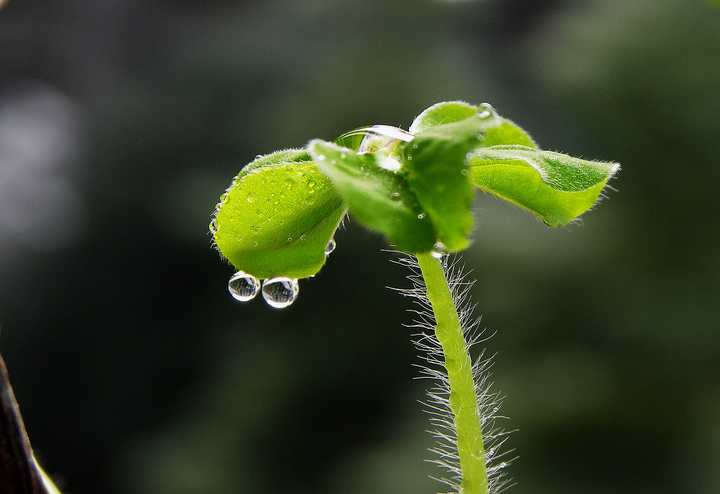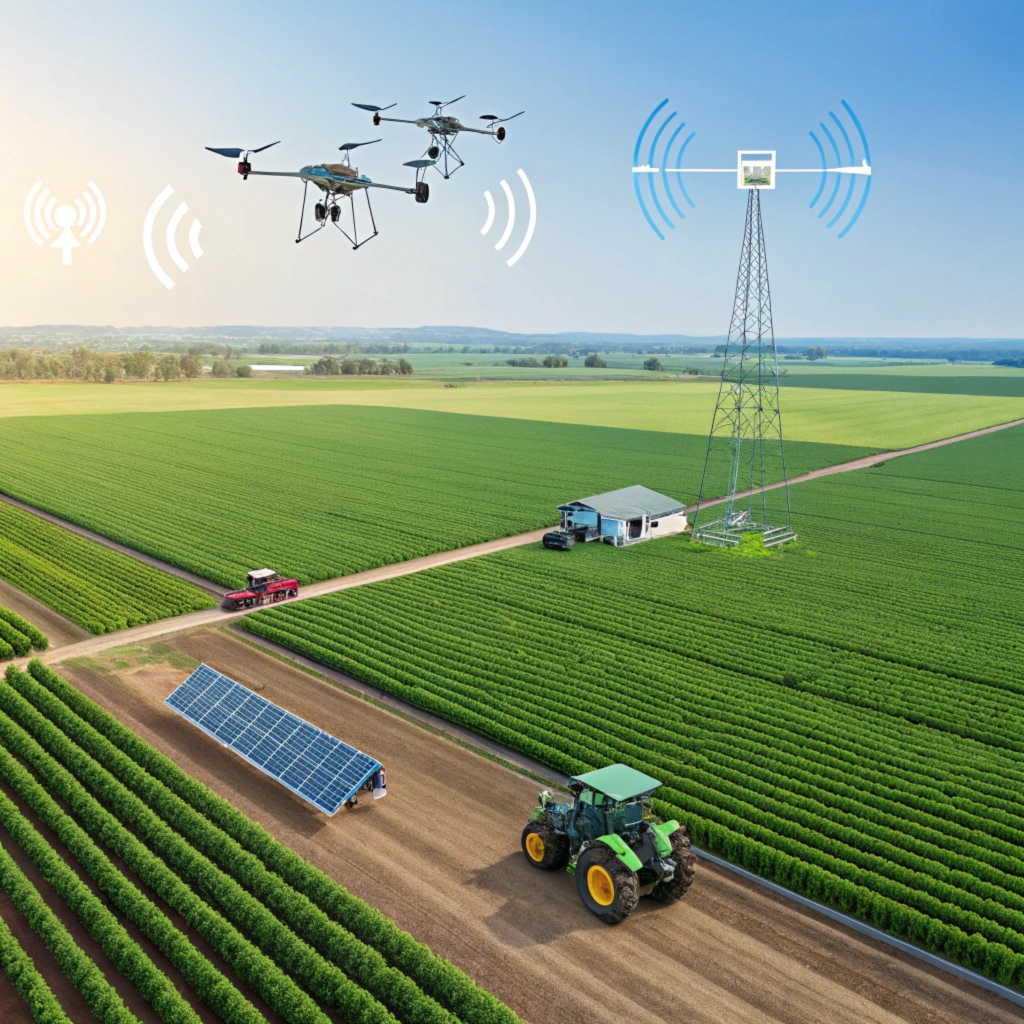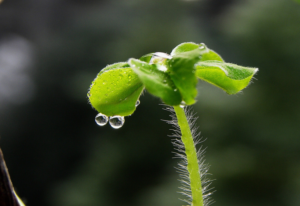How Can Smart Farming Improve Agrochemical Efficiency?
Smart farming is revolutionizing the agricultural industry, offering solutions that boost productivity and reduce environmental impact. The integration of technology into farming practices can significantly enhance agrochemical efficiency, making pesticide, herbicide, and fertilizer use more precise, targeted, and sustainable.
Smart farming leverages technology to optimize the application of agrochemicals, ensuring better crop yields while minimizing waste and environmental harm. This approach not only makes farming more sustainable but also ensures that agrochemicals are used more effectively, saving both time and costs.
Farming practices have been gradually evolving with the advent of new technologies. However, the impact of smart farming on agrochemical efficiency is perhaps one of the most profound areas of transformation. By utilizing advanced technologies like precision agriculture, sensors, drones, and AI, farmers are now able to apply agrochemicals in a way that was not possible in the past.

How Does Smart Farming Make Agrochemical Use More Efficient?
Smart farming uses various technologies that help in precise and controlled application of agrochemicals. This reduces waste, lowers costs, and helps in maintaining environmental balance. The most significant benefit is the targeted application of agrochemicals, which not only saves money but also ensures that crops receive exactly what they need.
Through technologies such as GPS mapping and variable rate application (VRA), farmers can apply pesticides and fertilizers only where necessary. This reduces overuse and ensures that every drop of agrochemical is used efficiently, lowering overall costs and environmental footprint.
Precision Agriculture
Precision agriculture is one of the main drivers behind the efficiency of agrochemical use. Using sensors and satellite data, farmers can get real-time insights into their fields' conditions, allowing them to apply the exact amount of agrochemicals needed. This reduces waste and ensures that crops are treated at the right time and in the right quantity.
For instance, drones equipped with multispectral sensors can assess crop health and detect areas that need intervention. This allows for precision spraying of fertilizers or pesticides only on areas showing signs of pest infestations or nutrient deficiency, instead of treating the entire field.
Drone and Sensor Technologies
Drones have become increasingly popular for smart farming, particularly for monitoring crop health and applying agrochemicals. Drones can cover large areas in a short amount of time and collect precise data, including soil moisture, temperature, and pest detection.
Sensors placed in the soil or on the crops themselves can detect pest populations or nutrient shortages. This data can be fed into a management system that automatically adjusts agrochemical application schedules, ensuring that no area is over-treated or under-treated.
AI and Data Analytics for Better Decision Making
Artificial Intelligence (AI) is helping farmers predict the need for agrochemicals more accurately. By analyzing weather patterns, soil conditions, pest activity, and crop growth rates, AI models can help farmers forecast exactly when and where they need to apply pesticides or fertilizers.
This predictive approach reduces the chance of over-application, and it allows for more timely interventions. AI can also be used to analyze historical data and identify the best agrochemical treatment strategies, ensuring that farmers make data-driven decisions to enhance crop yields and minimize chemical waste.
How Can Smart Farming Reduce Agrochemical Overuse?
Overuse of agrochemicals is a growing concern in agriculture. Not only does it contribute to pollution, but it also leads to resistance in pests, making future pest control even more difficult. Smart farming helps address this issue by enabling precise, data-driven application.
With smart farming techniques, the exact amount of agrochemicals can be applied based on the specific needs of each crop. This not only prevents overuse but also minimizes the environmental footprint, making agriculture more sustainable.
Managing Pest Resistance
One of the biggest challenges in modern agriculture is the development of pest resistance due to overuse of agrochemicals. By using precision application techniques, smart farming ensures that pests are only exposed to chemicals when necessary. This reduces the likelihood of resistance developing because chemicals are used less frequently and more effectively.
For example, AI algorithms can predict pest outbreaks and recommend preemptive treatments, reducing the need for widespread pesticide application and targeting only the affected areas.
Environmental Sustainability
Using agrochemicals responsibly is crucial for protecting ecosystems. Overuse or misuse of agrochemicals can lead to soil degradation, water pollution, and harm to non-target organisms. Smart farming helps to address these challenges by ensuring that agrochemicals are applied only when and where they are needed, minimizing harm to the environment.
Automated application systems also help prevent runoff by ensuring that chemicals are applied precisely at the right dosage and are better absorbed by the crops. This means that less agrochemical ends up in nearby water sources, reducing pollution.
Cost Savings for Farmers
Reducing the overuse of agrochemicals not only benefits the environment but also helps farmers cut costs. Smart farming solutions, especially precision application technologies, ensure that agrochemicals are used efficiently, preventing wastage. With variable rate application (VRA) systems, farmers can reduce their input costs while achieving better crop protection results.

How Precision Agriculture Reduces Chemical Waste?
The introduction of precision agriculture techniques has marked a revolutionary change in how agrochemicals are used in farming. The precision farming model is based on collecting detailed, real-time data from the field to guide decision-making, ensuring that inputs like agrochemicals are used in the most efficient manner possible.
What makes precision agriculture so effective at reducing chemical waste?
Soil and Crop Monitoring
Farmers now have access to sensors that track moisture levels, temperature, and nutrient content in the soil, as well as monitor crop health. By understanding soil conditions better, farmers can adjust agrochemical applications to match specific areas' needs, rather than applying them uniformly across a field. This not only reduces chemical waste but also ensures that crops receive the right treatment at the right time.
For instance, if one part of a field is more prone to pest infestations than another, a drone or sprayer can target only that area, reducing the amount of pesticide used while still protecting the crop.
Variable Rate Application (VRA) Technology
VRA technology allows for a more customized approach to agrochemical application. Using data from field sensors, GPS technology, and satellite imagery, VRA adjusts the application rates of pesticides or fertilizers to match the specific needs of different parts of the field.
This means that instead of applying a blanket dose across the entire field, agrochemicals are applied more intensively in areas that need it and less in areas that don't. This reduces chemical waste and ensures that crops are treated more efficiently, saving money in the long run.
Data-Driven Decisions
Farmers using precision agriculture can rely on real-time data for decision-making rather than using outdated, generalized farming practices. By continuously monitoring field conditions, farmers can pinpoint areas that are underperforming and target them with the appropriate treatment. This dynamic approach ensures that agrochemicals are not used unnecessarily and that interventions happen exactly when needed.
Conclusion
Smart farming is fundamentally transforming the way we apply agrochemicals, leading to more efficient, cost-effective, and environmentally sustainable farming practices. Through precise, data-driven technologies like precision agriculture, drones, AI, and VRA, agrochemical use is optimized, reducing waste and minimizing environmental impact.
Smart farming isn’t just the future of agriculture—it’s the present. With the power of these technologies, farmers can ensure that agrochemicals are used in the most efficient way possible, boosting yields while safeguarding the planet.

